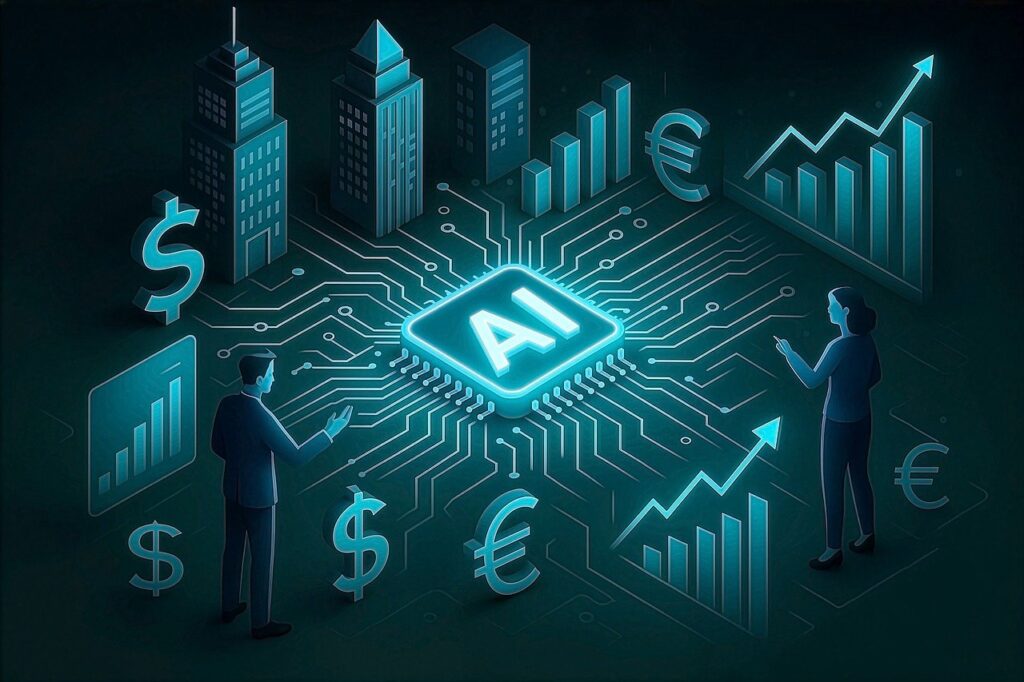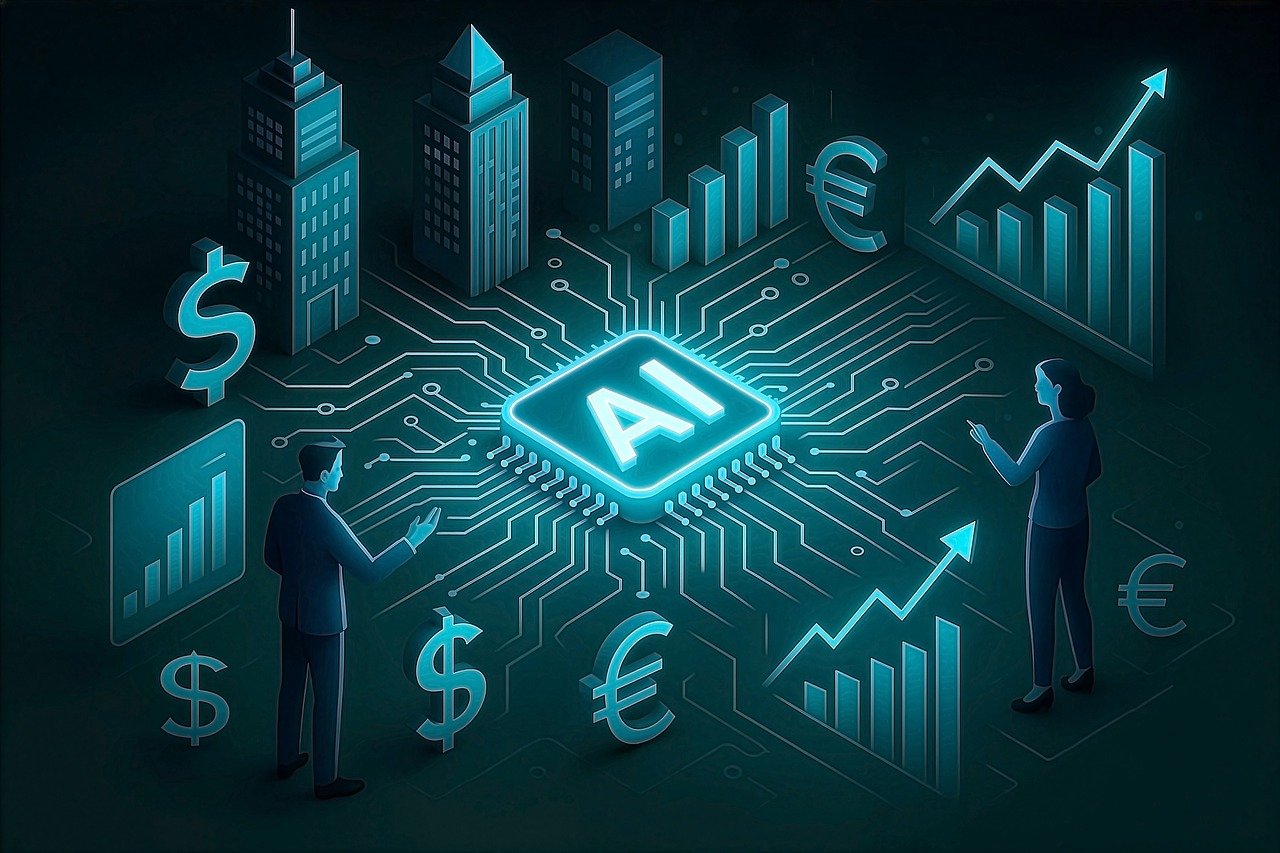Introduction
The rise of the internet has transformed how people shop, sell, and do business.
E-commerce — or electronic commerce — allows individuals and companies to buy and sell goods or services online.
In the past decade, e-commerce has grown from a convenience to a global economic powerhouse, changing the retail landscape forever.
1. What Is E-Commerce?
E-commerce refers to any commercial transaction that takes place over the internet.
This includes:
- Online shopping websites
- Digital payment platforms
- Mobile apps for services and products
It connects buyers and sellers instantly — across cities, countries, and continents.
2. The Early Days of E-Commerce
E-commerce began in the 1990s with pioneers like Amazon and eBay.
At that time, only a few people trusted online shopping.
Over time, improved security, faster internet, and better delivery systems helped e-commerce gain global popularity.
3. The Role of Technology in Growth
Technological advancements such as:
- Secure payment gateways
- Mobile apps
- AI-based recommendations
have made online shopping safer and more personalized.
Customers can now purchase almost anything — from groceries to gadgets — with just a few clicks.
4. The Rise of Mobile Commerce (M-Commerce)
With the widespread use of smartphones, mobile commerce has become the new trend.
People shop directly from apps like Amazon, Daraz, and AliExpress.
M-commerce allows businesses to reach users anytime and anywhere, increasing global sales potential.
5. E-Commerce During the COVID-19 Pandemic
The COVID-19 pandemic accelerated the growth of online shopping.
Lockdowns forced people to depend on e-commerce for essential goods, groceries, and entertainment.
Businesses that adopted digital platforms thrived, while many traditional stores struggled.

6. Benefits of E-Commerce
E-commerce offers several major advantages:
- Convenience: Shop anytime, anywhere
- Variety: Access to global brands and products
- Competitive prices: Online discounts and offers
- Transparency: Easy product comparison and reviews
It has made shopping more efficient for consumers and profitable for sellers.
7. E-Commerce and Small Businesses
Small and medium-sized businesses now use e-commerce platforms like Shopify and Etsy to reach global markets.
This has reduced the need for physical stores and lowered startup costs — empowering digital entrepreneurs worldwide.
8. Challenges in E-Commerce
Despite rapid growth, e-commerce faces challenges such as:
- Cybersecurity threats
- Delivery delays and logistics issues
- Return and refund complications
- Fake reviews and counterfeit products
Businesses must maintain trust and quality to succeed in the long term.
9. The Role of Digital Payments
E-commerce depends heavily on digital payment systems like:
- Credit/debit cards
- Mobile wallets (Google Pay, PayPal, Easypaisa)
- Cryptocurrency payments
These secure payment options make online transactions faster and safer.
10. The Future of E-Commerce
The future of e-commerce will be driven by AI, AR/VR, and blockchain.
Customers will soon experience virtual try-ons, smart chatbots, and same-day drone deliveries.
With constant innovation, e-commerce will continue to dominate the global retail industry.
Conclusion
E-commerce has revolutionized the way the world shops and does business.
It has created new opportunities for entrepreneurs and made life more convenient for consumers.
As technology advances, e-commerce will remain the engine of the digital economy, connecting the world through innovation and convenience.










